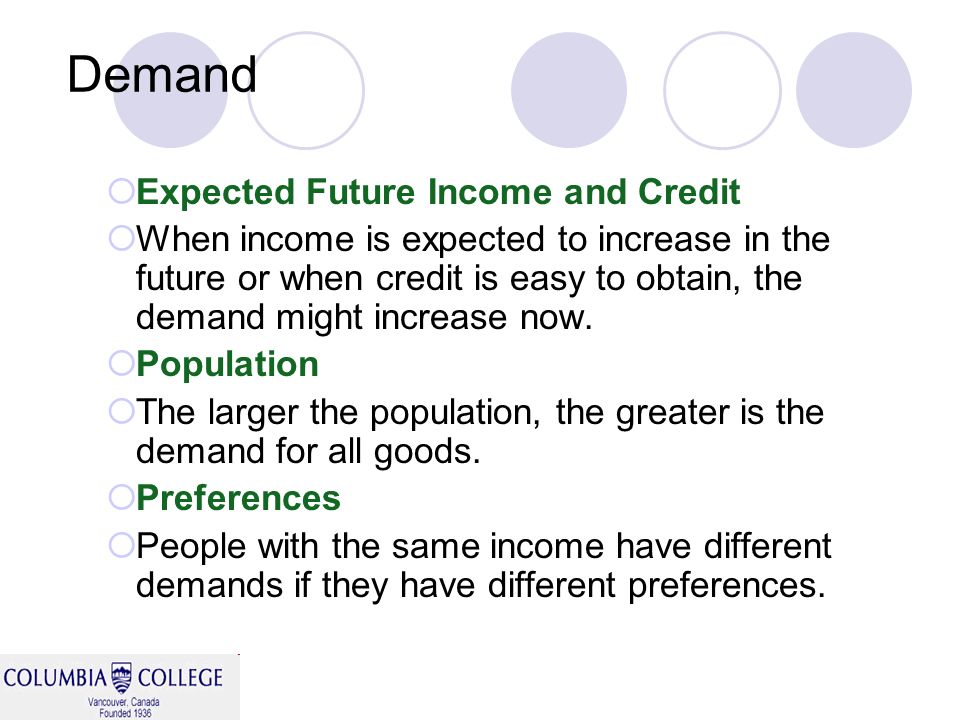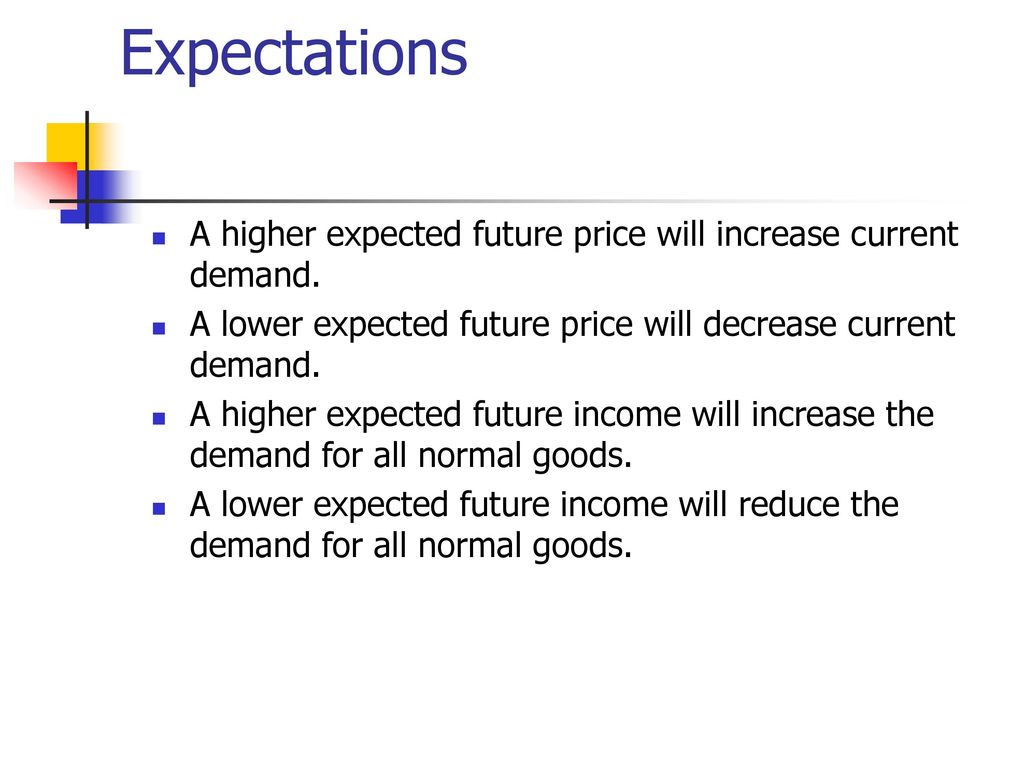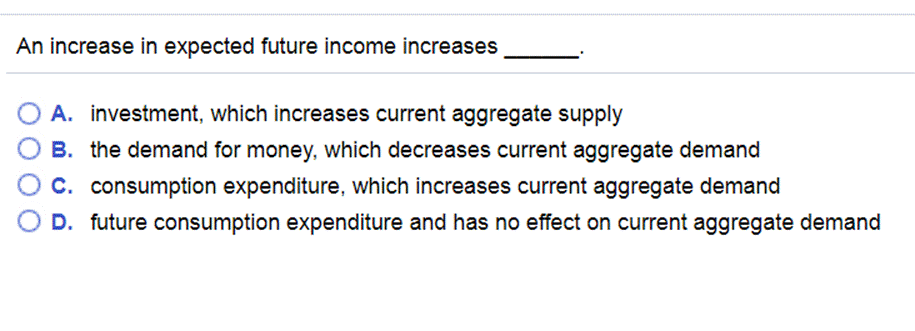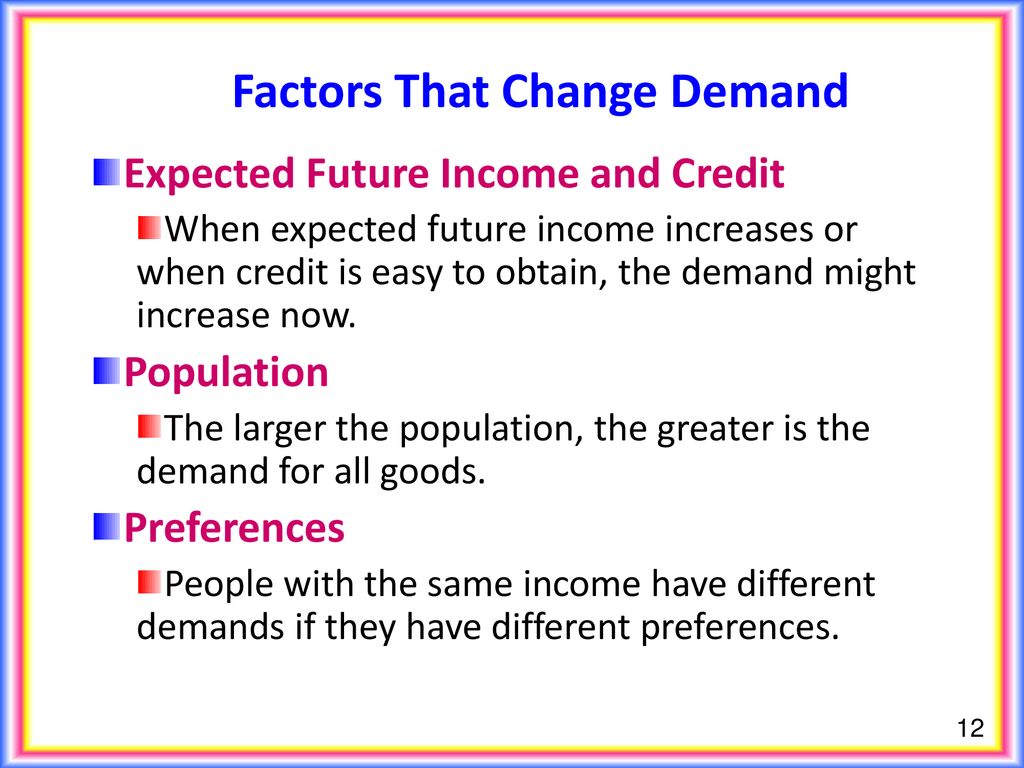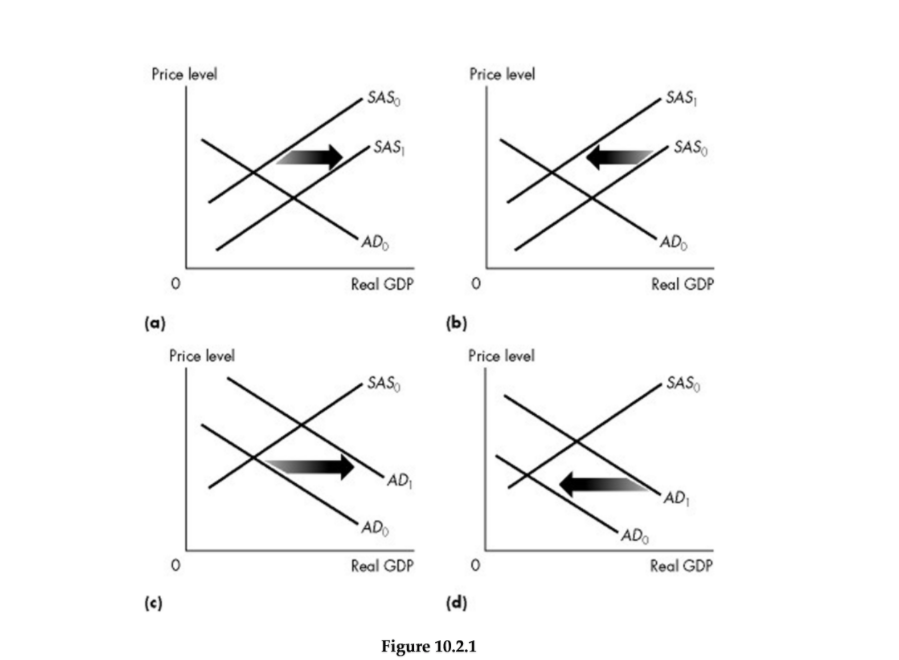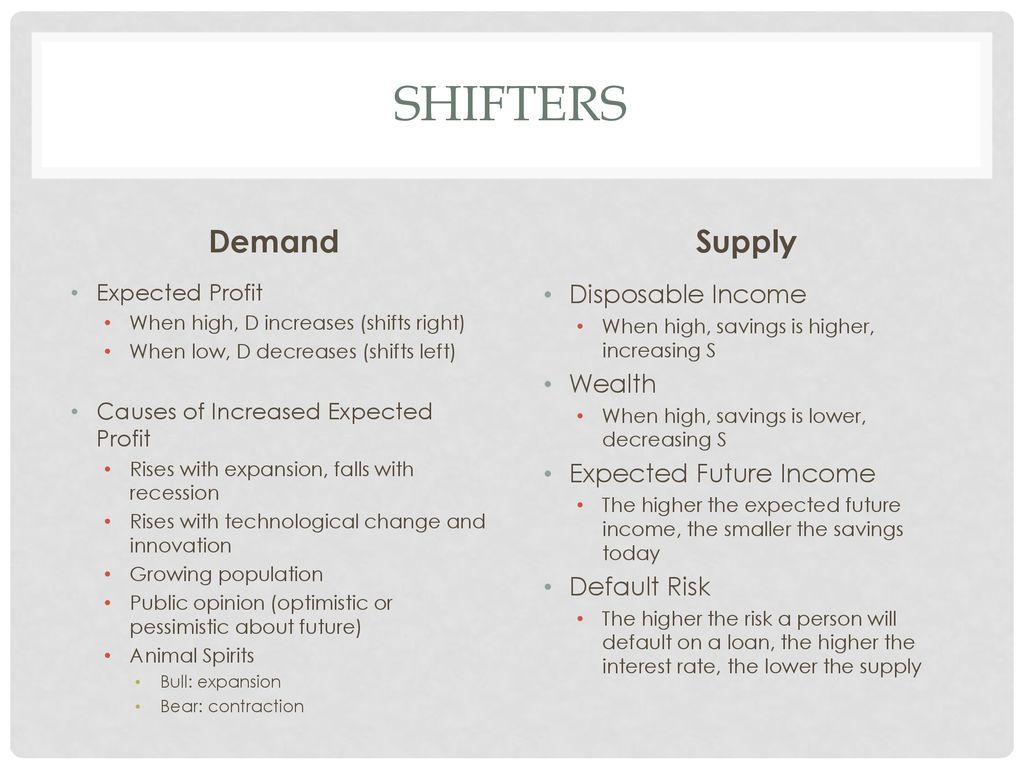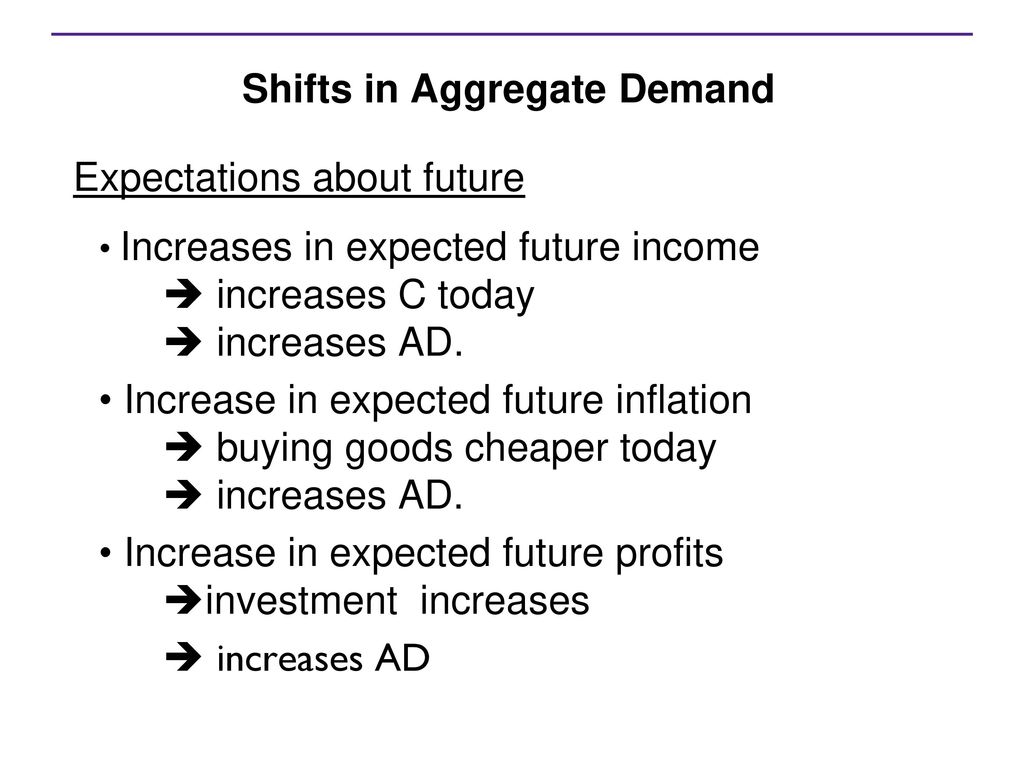An Increase In Expected Future Income Will

Anticipation is building across the nation as economic forecasts predict a significant upswing in expected future income for a wide swath of the population. Driven by a confluence of factors including rising productivity, technological advancements, and strategic government policies, this projected increase promises to reshape household finances and invigorate the national economy.
This anticipated growth in income, while presenting considerable opportunities, also poses critical questions about wealth distribution, inflation management, and the long-term sustainability of these economic gains. Understanding the nuances of this projected income surge is crucial for individuals, businesses, and policymakers alike.
Projected Income Increase: Key Details
The forecast, primarily based on data from the Bureau of Economic Analysis (BEA) and the Congressional Budget Office (CBO), indicates a projected average increase of 3.5% in real disposable income over the next five years. This figure accounts for inflation, providing a more accurate picture of the actual gain in purchasing power.
Who will benefit most? The expected income increase isn't uniform. Skilled workers in high-demand sectors like technology, healthcare, and renewable energy are projected to experience the most substantial gains. Simultaneously, policies aimed at supporting low-income families could uplift those struggling to make ends meet.
What exactly is driving this growth? A combination of factors is at play. Automation and artificial intelligence are boosting productivity across various industries. Furthermore, government investments in infrastructure and education are expected to have a multiplier effect on economic output.
Where will this impact be most felt? Geographically, regions with strong technology hubs and diversified economies are poised to benefit the most. Urban areas and states investing in innovation are likely to experience faster income growth compared to rural areas with less diversified economies.
When can people expect to see these changes? The projected increase is expected to materialize gradually over the next five years, starting with modest gains in the coming year and accelerating as new technologies are adopted and infrastructure projects come online. The timing may vary depending on industry and location.
Why is this happening now? Several years of sustained economic growth, coupled with targeted government policies, have created a favorable environment for wage growth. Increased global competitiveness is also pushing companies to invest in productivity-enhancing technologies, which in turn, benefits workers.
The Impact on Different Sectors
The technology sector stands to gain significantly, with rising demand for software engineers, data scientists, and cybersecurity experts. The healthcare industry will also experience growth, fueled by an aging population and increasing demand for specialized medical services.
The renewable energy sector is another area poised for substantial expansion, driven by government incentives and growing concerns about climate change. This creates opportunities for workers in manufacturing, installation, and maintenance of renewable energy systems.
However, some sectors may face challenges as automation replaces certain jobs. Workers in manufacturing and transportation, for example, may need to acquire new skills to remain competitive in the changing job market.
Potential Challenges and Considerations
While the projected income increase is a positive sign, several challenges need to be addressed to ensure equitable and sustainable growth. One of the primary concerns is the potential for increased inflation.
If demand outpaces supply, prices may rise, eroding the purchasing power of the income gains. Policymakers will need to carefully manage monetary policy to keep inflation in check.
Another challenge is ensuring that the benefits of this income increase are shared more broadly. Addressing income inequality will require targeted policies such as raising the minimum wage, expanding access to education and training, and strengthening social safety nets.
Furthermore, policymakers must also consider the long-term implications of automation and technological advancements. Investing in retraining programs and supporting workers who are displaced by technology is crucial for ensuring a smooth transition to a new economy.
"This projected income increase presents a significant opportunity to improve the lives of millions of Americans," says Dr. Eleanor Vance, a leading economist at the Peterson Institute for International Economics. "However, it's essential to address the potential challenges and ensure that the benefits are shared equitably across all segments of society."
The Human Angle
For families like the Millers, a projected income increase offers a glimmer of hope. Sarah Miller, a single mother working as a registered nurse, has struggled to make ends meet while raising two children.
“Even a modest income increase could make a world of difference,” says Sarah. “It would allow me to save for my children's education and provide them with a better future."
Similarly, for small business owners like David Chen, the projected income increase could spur greater consumer spending, boosting sales and creating new job opportunities. “If people have more money in their pockets, they are more likely to spend it at local businesses,” says David.
Conclusion
The projected increase in expected future income presents a significant opportunity for individuals, businesses, and the national economy. However, realizing the full potential of this economic growth requires careful planning, proactive policies, and a commitment to addressing potential challenges.
By focusing on promoting equitable distribution, managing inflation, and investing in education and training, policymakers can ensure that this income increase translates into a more prosperous and inclusive society for all.
The coming years will be crucial in shaping the trajectory of this economic growth and determining its impact on the lives of millions. Staying informed and engaged is essential for individuals and communities to navigate this changing landscape and maximize the benefits of a potentially brighter future.
